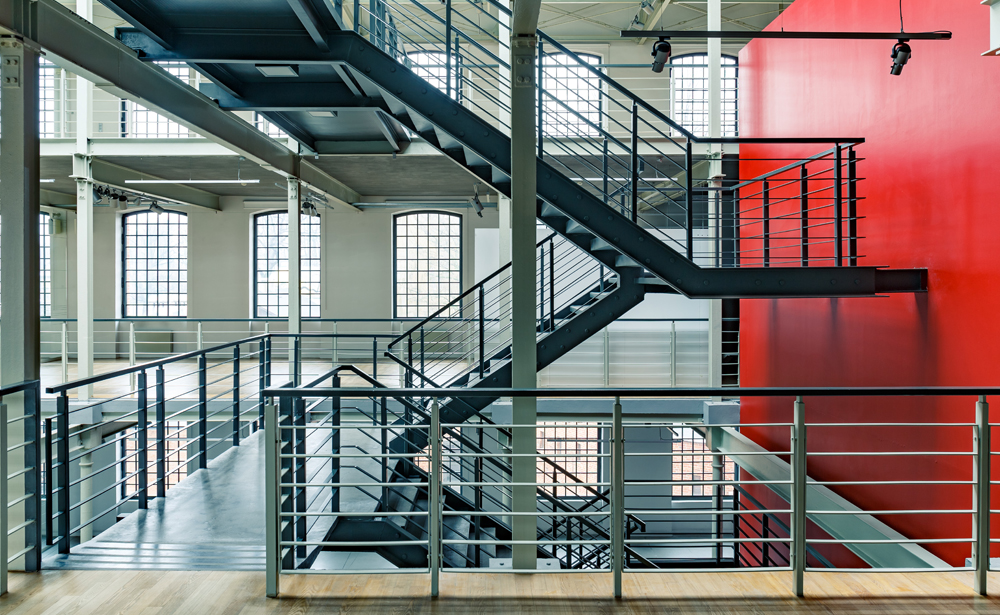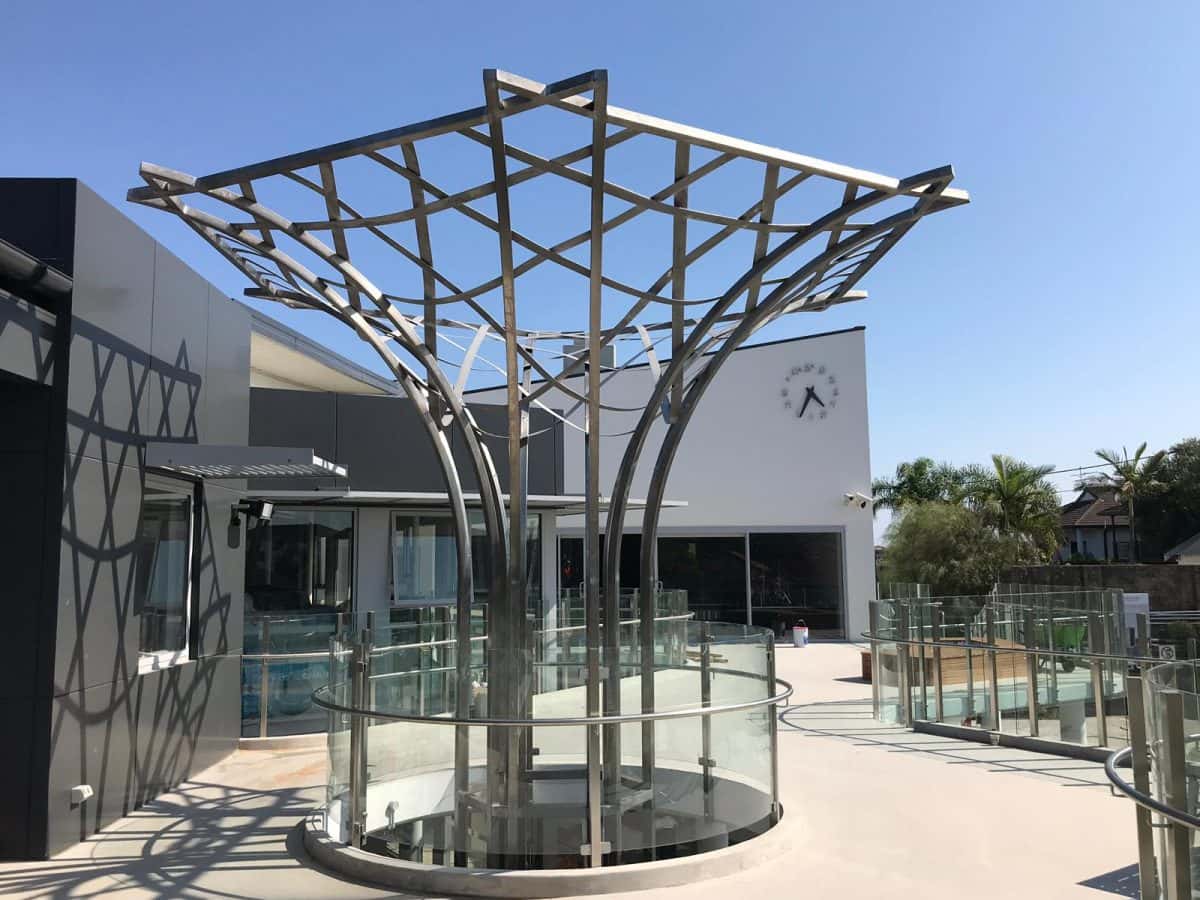Perforated architectural metal is a versatile material widely used in modern design and construction. It is a type of metal that has been punched or stamped with various patterns of holes, which can serve both functional and aesthetic purposes. This article aims to delve into the various aspects of perforated architectural metal, showcasing its importance and uses in the industrial and architectural sectors.

The Evolution of Perforated Metal
The concept of perforating metal dates back to the 19th century when it was primarily used for sifting and separation processes in the mining industry. Over time, its application has expanded significantly. Today, it is not just a functional material but also an integral part of modern architecture and design.
Why Use Perforated Metal?
Perforated metal is used for several reasons. It provides excellent ventilation and light diffusion, making it suitable for use in building facades, sunshades, and interiors. Additionally, it reduces the weight of the metal, making it easier to handle and install.
Applications of Perforated Architectural Metal
One of the primary applications of perforated architectural metal is in building facades. The material allows architects to control light and air flow while creating visually appealing designs. It is also used in interior design, where it can serve as partitions, ceilings, and wall panels.
Advantages of Perforated Metal in Architecture
There are numerous benefits to using perforated metal in architecture. It provides flexibility in design, allowing for unique and creative solutions. The material is durable, lightweight, and can be made from various metals, including aluminum, steel, and stainless steel.
Design Possibilities with Perforated Metal
The design possibilities with perforated architectural metal are virtually limitless. Designers can choose from a wide range of patterns, hole sizes, and shapes to create custom designs that meet specific project requirements. This flexibility makes it a popular choice among architects and designers.
Environmental Benefits
Perforated metal is also an environmentally friendly option. It can be made from recycled materials and is fully recyclable at the end of its life. This makes it a sustainable choice for environmentally conscious projects.
Choosing the Right Metal
When selecting perforated metal for a project, it’s important to consider the specific requirements and conditions. Aluminum is lightweight and resistant to corrosion, making it ideal for exterior applications. Steel and stainless steel offer strength and durability, suitable for more demanding environments.
Customizing Perforated Metal
Customization is a key advantage of perforated architectural metal. Manufacturers can tailor the size, shape, and pattern of the perforations to meet the exact needs of a project. This customization ensures that the material not only functions effectively but also enhances the overall aesthetic of the design.
Installation Considerations
Proper installation is critical to the performance of perforated metal. It requires careful planning and precision to ensure that the panels align correctly and function as intended. Working with an experienced fabricator can help achieve the best results.
Maintaining Perforated Metal
Maintenance is relatively straightforward. Regular cleaning and inspections can help maintain its appearance and prevent issues such as corrosion. For tips on maintaining architectural metal finishes, visit this maintenance guide.

Conclusion
In conclusion, perforated architectural metal offers a multitude of benefits and applications in modern design and construction. Its versatility, durability, and aesthetic appeal make it an excellent choice for a wide range of projects.
FAQs
- What materials can be used for perforated metal? Perforated metal can be made from various materials, including aluminum, steel, and stainless steel.
- How can perforated metal enhance building design? Perforated metal allows for unique design possibilities and can improve ventilation and light diffusion.
- Is perforated metal environmentally friendly? Yes, perforated metal can be made from recycled materials and is fully recyclable.
This article contains affiliate links. We may earn a commission at no extra cost to you.

